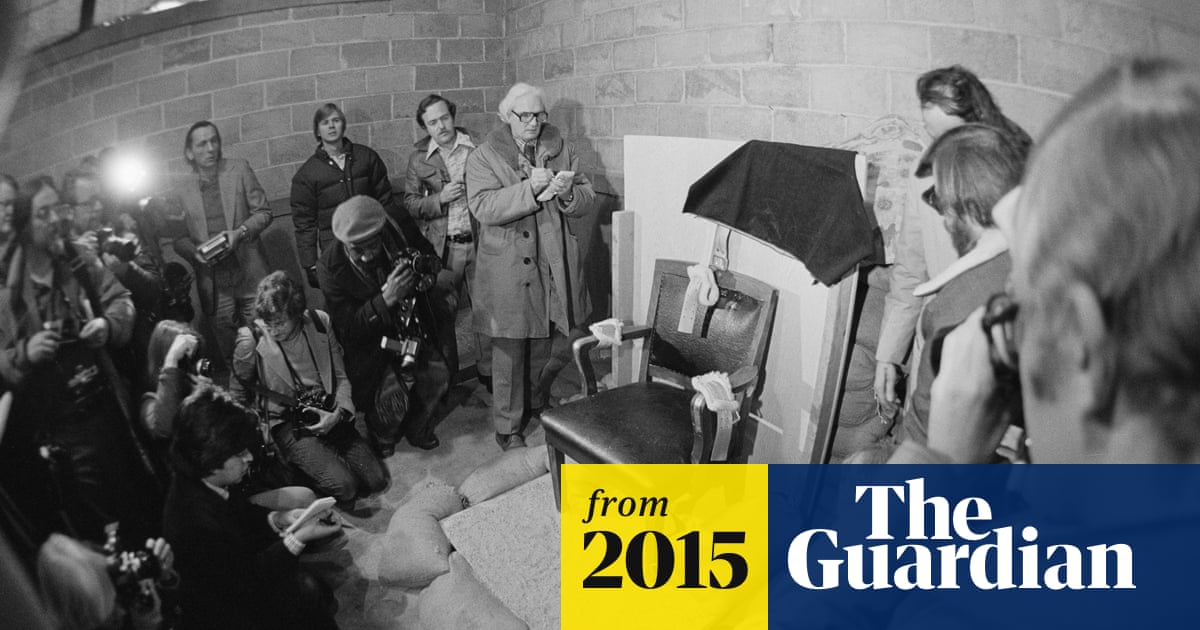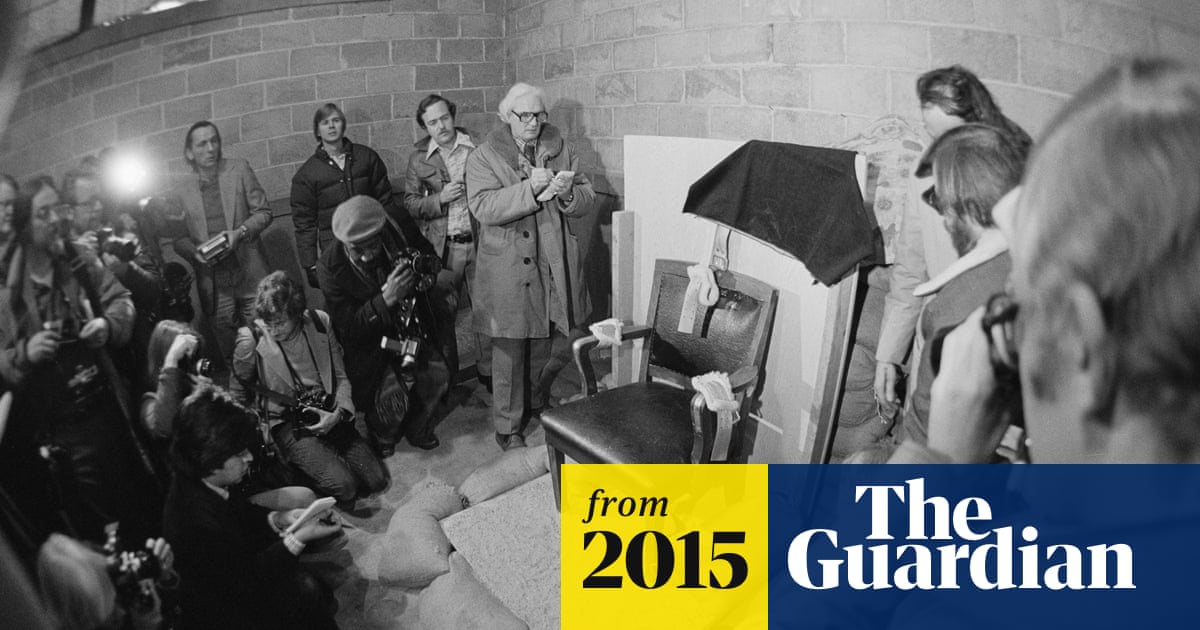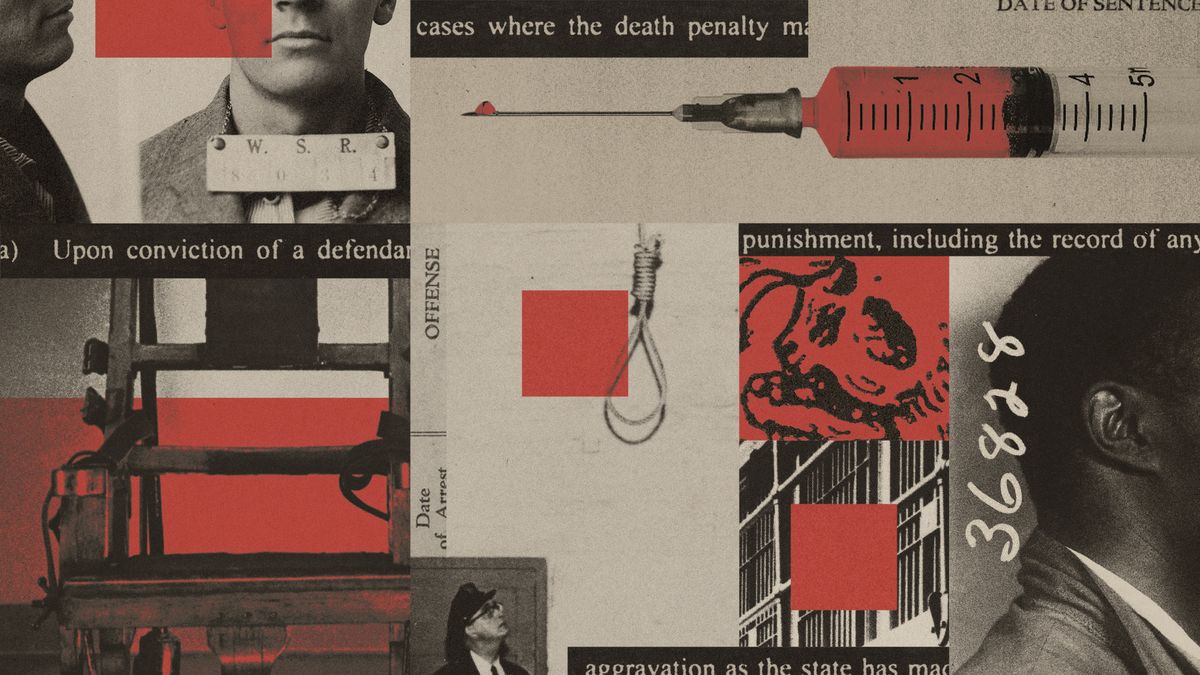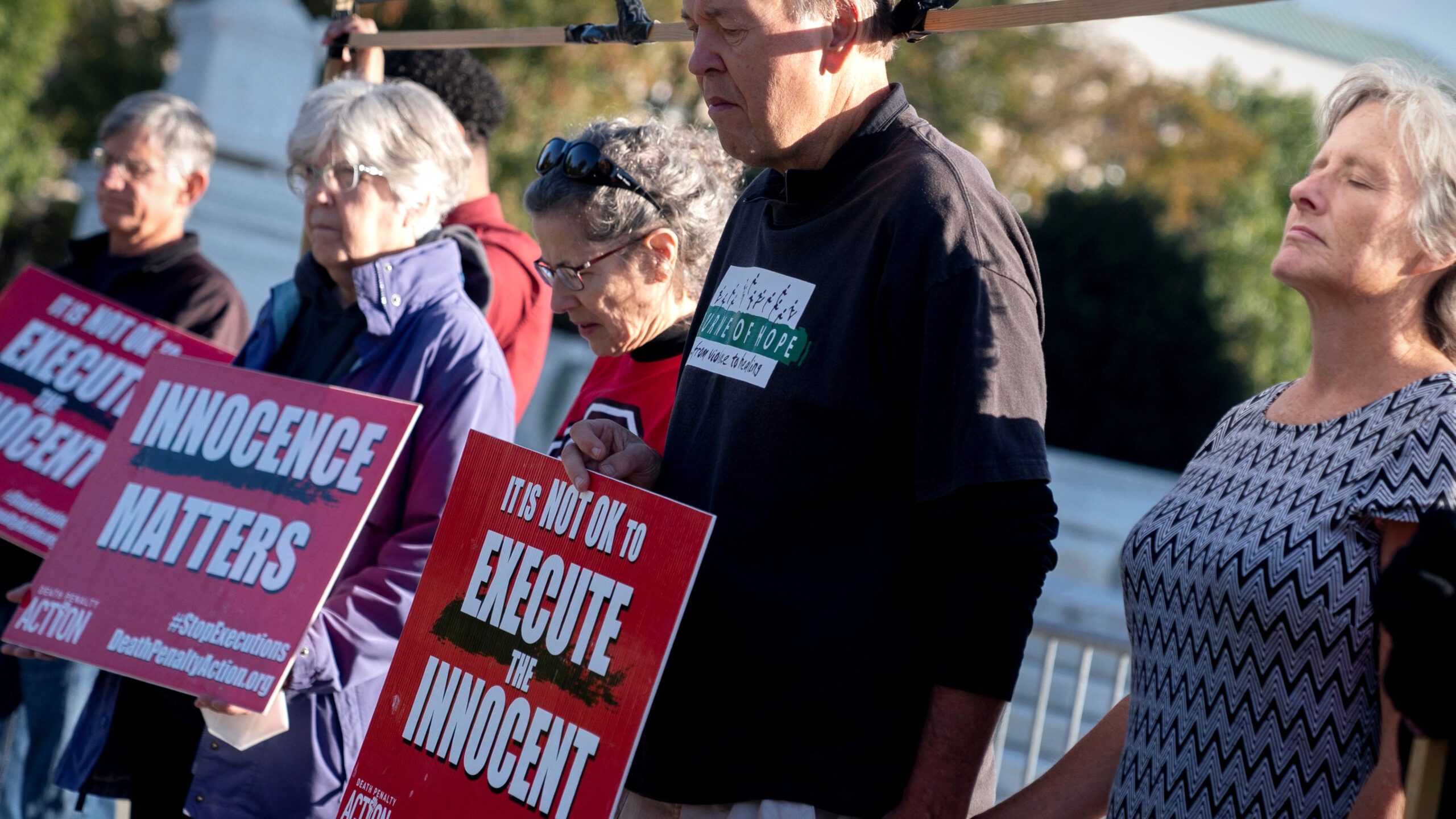The Fading Light of Justice: How the Firing Squad’s Resurgence Exposes the Dark Underbelly of Capital Punishment
In an era where human rights and dignity are increasingly at the forefront of global conversations, a stark reminder of the darker aspects of society has emerged. The recent revival of the firing squad as a means of executing prisoners has reignited a fiery debate about the morality and efficacy of capital punishment. As death penalty opponents and advocates alike grapple with this contentious issue, one thing is clear: the return of the firing squad is a grim testament to the failures of a system that promises justice, but often delivers only suffering and despair.

Public Opinion and the Death Penalty

Despite the crisis surrounding the death penalty in the US, a majority of Americans still support the practice. According to a Gallup survey, 53% of Americans are in favor of the death penalty for a person convicted of murder. This support has been declining over the years, particularly among younger generations. Only 47% of Millennials and 42% of Gen Z respondents agreed with the same statement.
In contrast, support for the death penalty has traditionally been weaker in the UK. However, there has been a rise in support over the past year. A survey by the think tank More in Common found that 55% of respondents support capital punishment, up from 50% in 2023.

The Global Context: The US as an Outlier
The US is one of only a few countries that still has the death penalty. According to the Death Penalty Information Center, more than 70% of countries across the world have abolished capital punishment. This trend has been steadily increasing over the past few decades.
Despite the decline in support for the death penalty globally, the US remains an outlier. The country has carried out the most executions in the world in recent years, with at least 200 people being executed since 2010. This is a stark contrast to the UK, where the death penalty was abolished in 1965.

The Consequences of the Death Penalty
Racial Bias and Injustice
The death penalty has a disproportionate impact on people of color. According to the Innocence Project, people from the margins of society, particularly people of color, are more likely to face execution due to racial bias, inadequate legal defense, incentivized informants, and unreliable evidence. These factors consistently pervert justice at the expense of innocent lives.

The Risk of Wrongful Execution
The death penalty carries the inherent risk of executing an innocent person. In the past 50 years, at least 200 people who were on death row in the US have been exonerated. This means that for every 10 people on death row who are executed, at least one person on death row is innocent. The remaining question is how many innocent lives are worth sacrificing to preserve this punishment.

The Moral and Ethical Implications
The death penalty raises significant moral and ethical concerns. The question of whether it is right to take a life in the name of justice is a complex one. Additionally, the death penalty can be seen as a form of revenge rather than a form of justice, which can perpetuate a cycle of violence and harm.
- Botched executions: In the past, there have been numerous cases of botched executions, where the execution has gone wrong and the person has suffered unnecessary pain and suffering.
- Racial bias: The death penalty has been shown to have a disproportionate impact on people of color, who are more likely to face execution due to racial bias and other factors.
- Wrongful convictions: There have been numerous cases of wrongful convictions, where people have been executed for crimes they did not commit.

The Return of the Firing Squad
In recent years, there has been a trend towards the use of the firing squad as a means of execution. This is a relic of a brutal past that is not fitting for modern times. The use of the firing squad raises significant concerns about the morality and ethics of the death penalty.
In the past, the firing squad has been used in the US, but it has been largely abolished in recent years. However, some states, such as Utah, have revived the practice. In June 2010, Ronnie Lee Gardner was executed by firing squad in Utah, marking the first time the practice had been used in the US in 15 years.
The use of the firing squad has been criticized by human rights groups and other organizations. It is seen as a cruel and inhumane practice that is not consistent with modern standards of justice and human rights.
Conclusion
The death penalty is a controversial and complex issue that raises significant moral and ethical concerns. While some argue that it is a necessary tool for justice, others argue that it is a form of revenge and perpetuates a cycle of violence and harm. The use of the firing squad as a means of execution raises additional concerns about the morality and ethics of the practice.
In conclusion, the death penalty is a practice that is deeply flawed and raises significant concerns about justice, morality, and human rights. It is a relic of a brutal past that is not fitting for modern times. As a society, we must critically examine the death penalty and consider alternative forms of punishment that are more humane and just.
Conclusion
In conclusion, Austin Sarat’s thought-provoking article sheds light on the resurgence of the firing squad as a means of capital punishment, a development that ironically marks a defeat for proponents of the death penalty. The key takeaway is that the return of this archaic method is a desperate attempt to circumvent the ongoing shortage of lethal injection drugs, which has led to a de facto moratorium on executions in several states. Sarat astutely argues that this move not only undermines the legitimacy of the death penalty but also highlights its inherent flaws, including its arbitrariness, racial bias, and cruelty.
The significance of this topic cannot be overstated, as it speaks to the very fabric of our justice system and the values we uphold as a society. The implications are far-reaching, with the revival of the firing squad potentially paving the way for other brutal methods, such as the electric chair or gas chamber, to make a comeback. As we move forward, it is crucial that we engage in a more nuanced and informed discussion about the ethics and efficacy of capital punishment, rather than simply resorting to barbaric methods that belong in the past.
